In terms of similarities, there seems to be few between Gare du Nord in Paris and the trailhead to The Narrows in Zion National Park. The former is a hundred-year-old train station with wrought iron features and high-speed rail carts. It’s the crossroads of a trip through Europe with train service to all points, and over 220 million passengers a year.
The latter is a poorly-marked sign at a bend in the road where the Green River cuts through millions of years’ worth of sandstone. The Narrows is a 16-mile trek through 300-foot canyon walls. You blaze your own trail because there isn’t one. To finish this amazing hike, you traverse the river and navigate waterfalls and other obstacles surrounded by stunning rock features.
The connection between exploring Europe by train or hiking an Utah slot canyon is backpacking. Backpacking is a great way to explore the world—there’s a freedom to navigating new locales and trails with everything you need on your back. From climbing Mt. Everest to an overnighter in Cinque Terre, backpacking is an excellent opportunity to experience the world on your terms.
Get started with these tips to make the most of your time on the road, trail, or rail. Need more? Check out this additional backpacking guide from Hyke & Byke too.
What to Carry
Backpacks are sized in liters. An overnighter is 35 liters or less. A two- or three-day pack is 35–55 liters. Multiday trips usually require between 50–75 liters.
Choose a backpack by asking yourself, “What am I willing to leave behind?” Be strategic about how you pack for your trip. If you plan to camp under the stars, pack gear to sleep outside. If you’re crashing with friends or using the hostel system, ditch the additional weight and pack appropriately.
And make sure your pack fits correctly. Most of the weight of your pack should be on your hips, with the straps tight enough—but not too tight—to keep the pack close to your torso. When packing your bag, be sure to keep most of the weight toward the bottom of the pack.
Get started with these backpacking essentials:
For day trips:
- Hiking boots or shoes
- Food, snacks
- Water bottles and water-treatment supplies
- Weather-appropriate clothes
- First aid kit, emergency gear
For overnight adventures, add:
- Hygiene kit (toothpaste, brush, deodorant, lotion, etc.)
- Tent
- Stove and fuel
- Sleeping system (sleeping pad, sleeping bag)
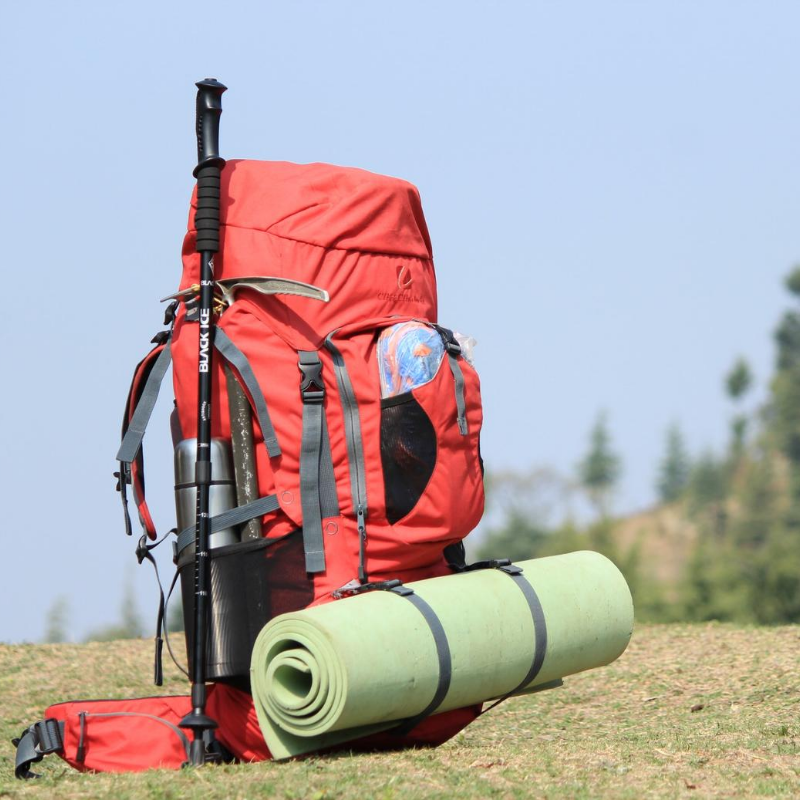 Explore Nature
Explore Nature
The United States has over 150,000 miles of trails designated for backpacking, hiking, and cycling. And with a minimum of 3,000 miles of trails in every state, chances are you already live close to one. Overnight camping is a great way to discover the flora, fauna, and landscape of your area—and few things beat sleeping under the stars and enjoying a sunrise far from civilization. Hike into the forests or outback to gain a new appreciation for the outdoors—it’s the perfect excuse to plan a trip to a neighboring state.
Conquer Physical Challenges
Hiking the Appalachian Trail usually takes three months—it’s a physically and mentally exhausting 2,100 miles from Georgia to Maine. But you don’t need to travel through 14 states to challenge yourself. While backpacking, you strive for goals that work for you and reach them on your own two feet. Start small with easy overnight trips. As you get more comfortable camping out, enjoy more nights under the stars.
See the World Differently
 Packing through Europe is a right of passage. Hiking the old-world cobblestone streets offers a new perspective. Or take advantage of Europe’s efficient rail system. With only your trusty backpack loaded with your possessions, you can spend three months on the road exploring medieval castles, churches, and museums and enjoying the food and culture of the country you’re visiting. Traveling light lets you appreciate the journey all the more.
Packing through Europe is a right of passage. Hiking the old-world cobblestone streets offers a new perspective. Or take advantage of Europe’s efficient rail system. With only your trusty backpack loaded with your possessions, you can spend three months on the road exploring medieval castles, churches, and museums and enjoying the food and culture of the country you’re visiting. Traveling light lets you appreciate the journey all the more.
Save Money
There’s an initial startup cost to backpacking. Purchasing second-hand equipment or going to gear swaps is a smart way to get started. Piece together your gear as you go along, or rent the stuff you need. Once you’re set up, you’ll see backcountry permits are cheaper than hotel rooms. Compared to a resort vacation, you could afford multiple backpacking trips.
Get into Shape
If you like chiseled calves and quads, backpacking is a fantastic way to get into shape. On average, a 160-pound person will burn 430 calories an hour out on the trail, and a 200-pound individual can burn up to 500 calories an hour. Backpacking strengthens your cardiovascular system and works your core. It improves your balance, increases your lung capacity, and clears your head. Imagine your sense of satisfaction after you reach a goal or finish a challenging trail.
Explore the World
Whether you’re avoiding brown bears in Denali or fighting for space in a Dutch hostel, backpacking is your adventure. Sling on your bag and explore. It’s an opportunity to test your limits and build confidence. Just imagine the people you’ll meet and the stories you‘ll tell when you get home.
Beyond putting miles on your shoes, you’ll also learn to cook outdoors, set up a camp, and navigate tricky obstacles. And to keep your body healthy during your adventures, consider adding a fish oil supplement to your diet. A good fish oil is worth its weight in gold when you’re on the trail. It supports sound cardiovascular, immune, and joint health, and Omega-3 fatty acids play a critical role in many of your body’s important cellular processes.*
So, what are you waiting for? Load up your pack and get out there. And remember, take only memories and leave only footprints.
About the Author
Ben Raskin is a writer, hiker, and cyclist who enjoys spending time with his furry family. Follow Ben on Twitter @USANABen.
*These statements have not been evaluated by the Food and Drug Administration. These products are not intended to diagnose, treat, cure, or prevent any disease.

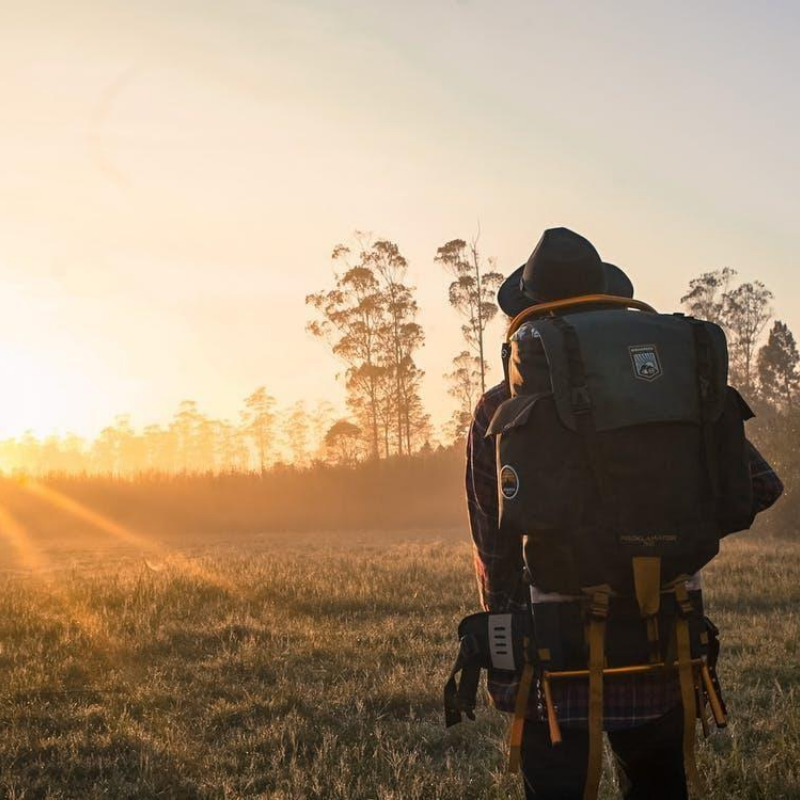
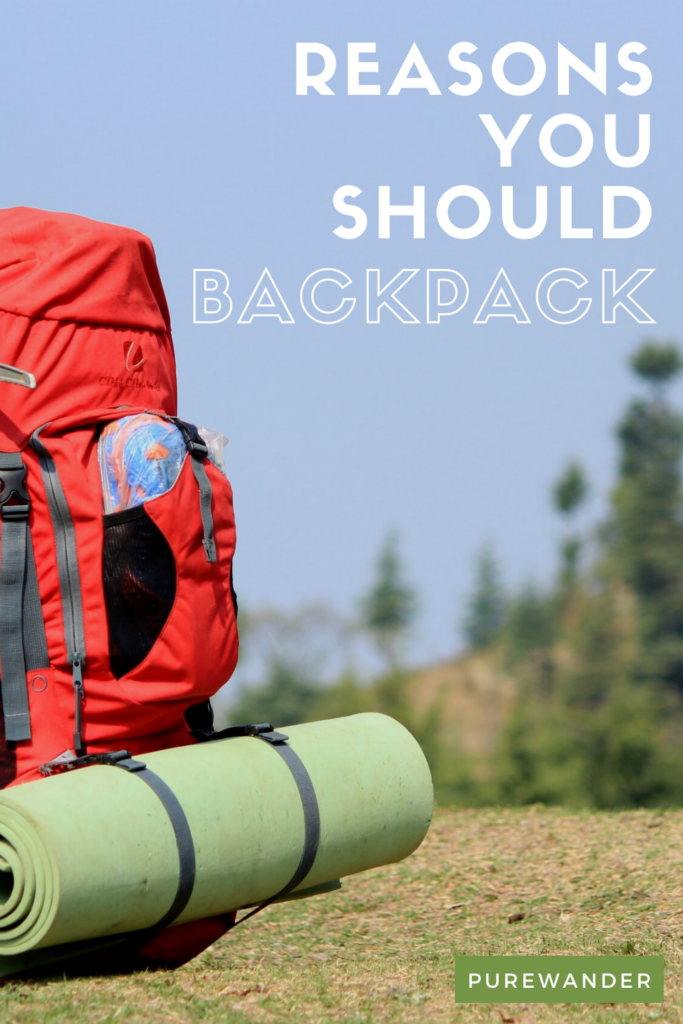
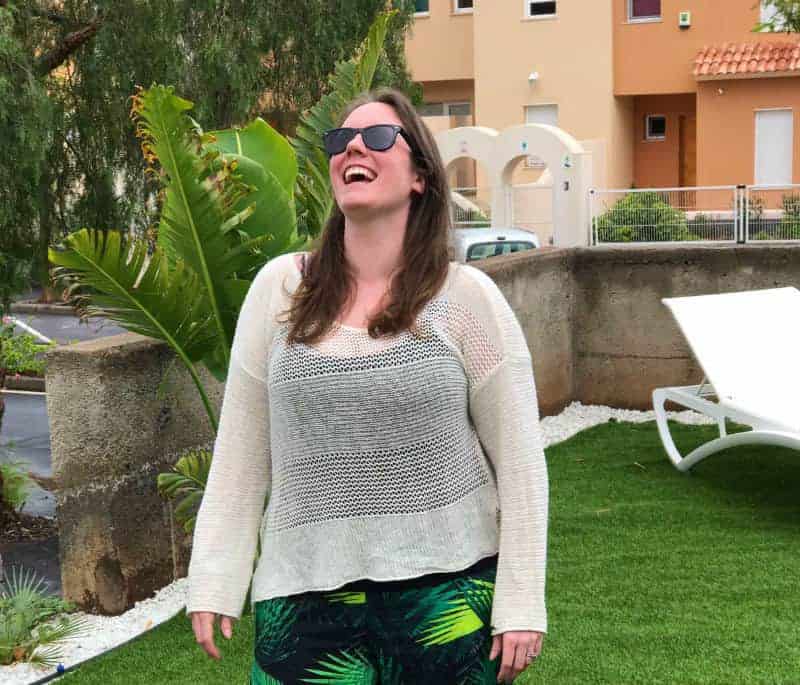
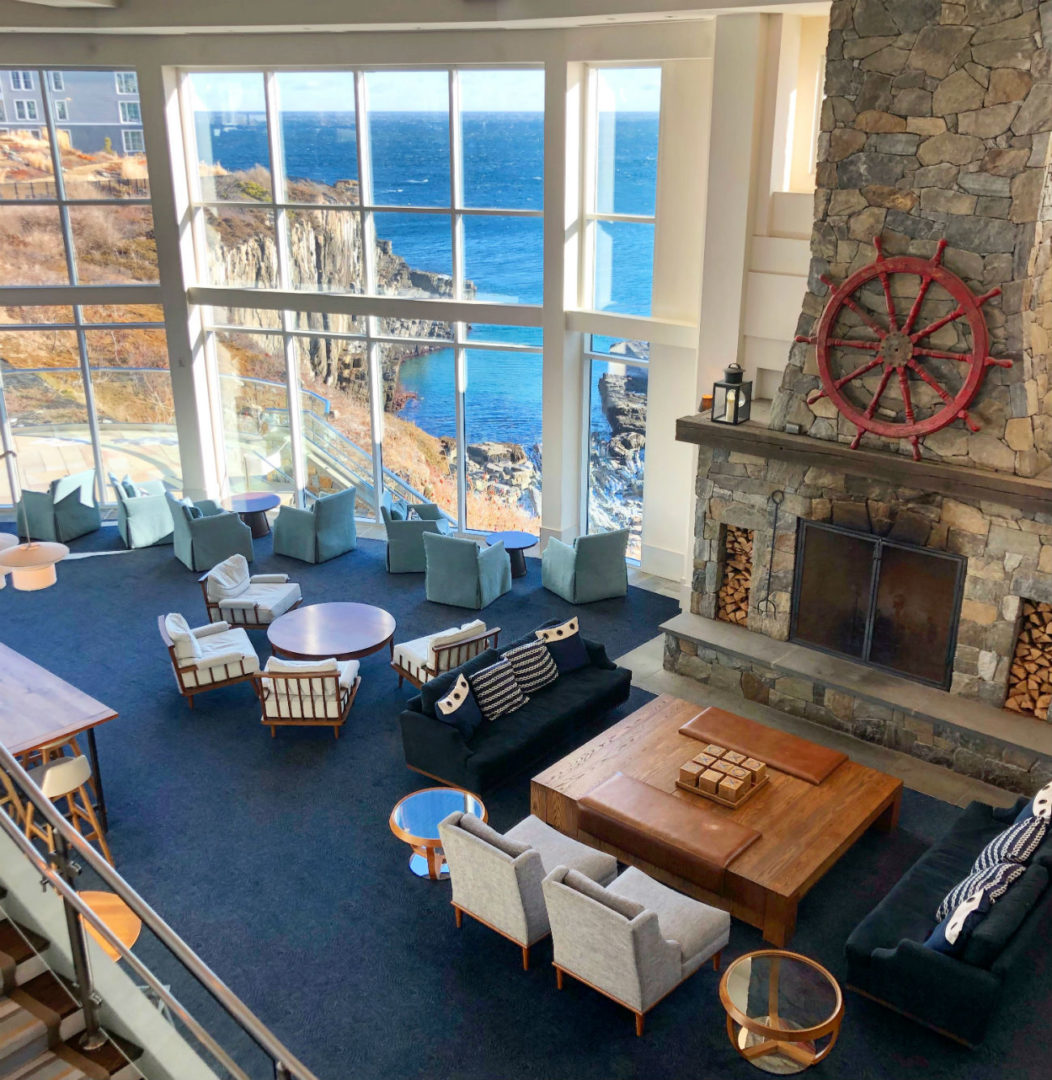
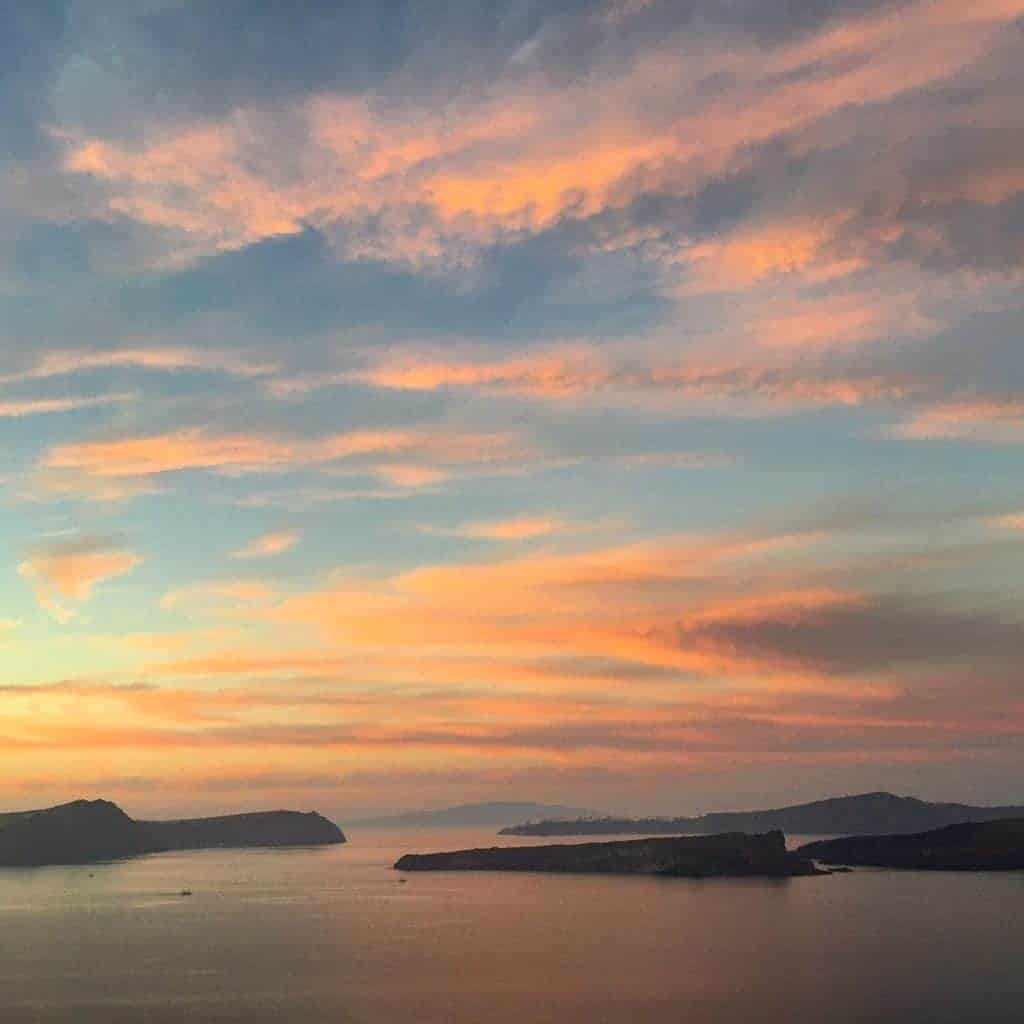
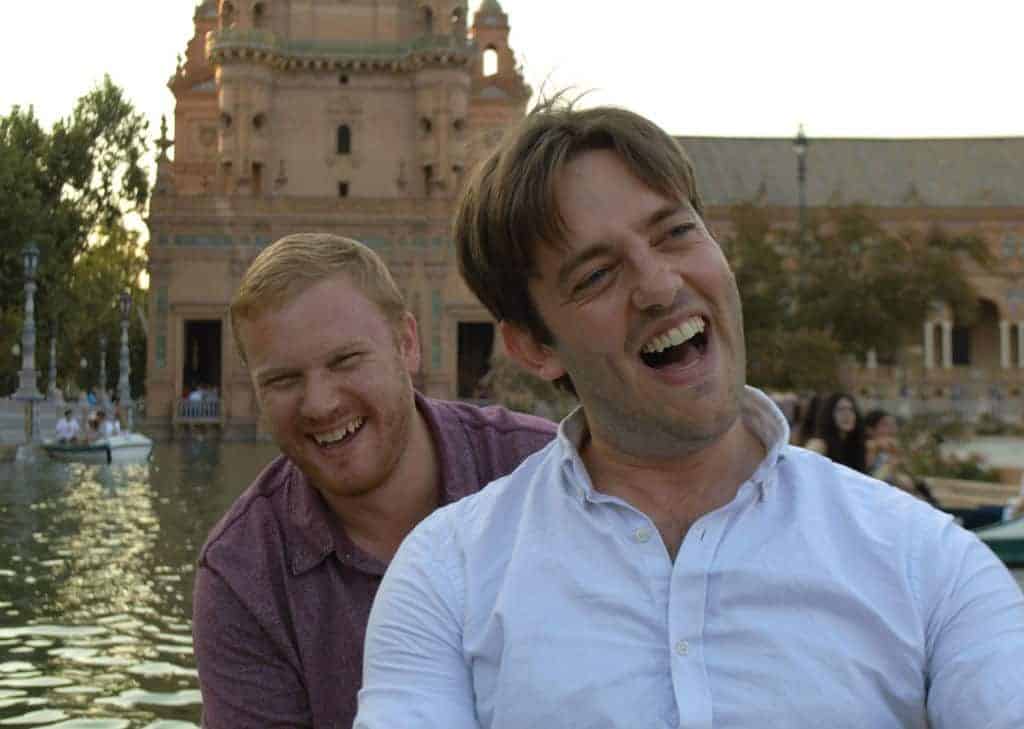
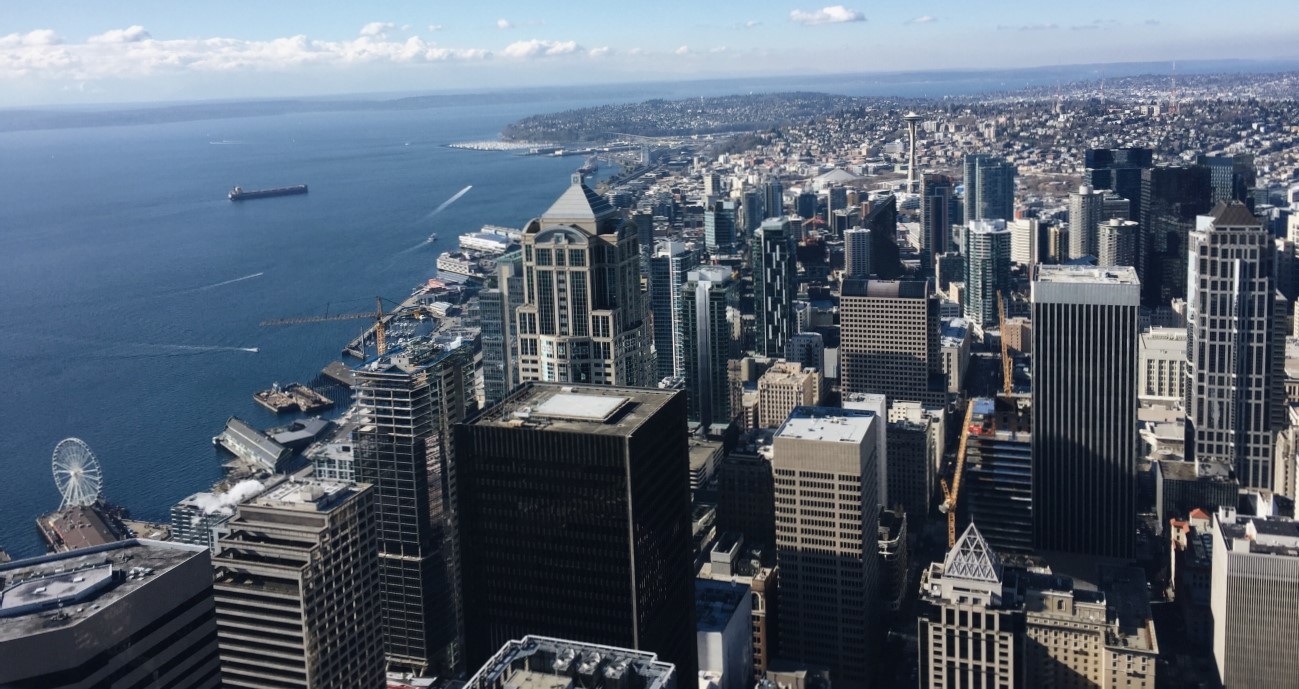

 Pro traveling hot mess for 20 yrs
Pro traveling hot mess for 20 yrs  Travel guides w/ fam & friends
Travel guides w/ fam & friends

 Global itineraries
Global itineraries 
 permi
permi


 I’m Eileen, a seasoned travel writ
I’m Eileen, a seasoned travel writ
 Stop planning every single second of your nex
Stop planning every single second of your nex




 #ichreela
#ichreela
 )BIG PURE WANDER ANNOUNCEMENT! Fi
)BIG PURE WANDER ANNOUNCEMENT! Fi






 There’s always
There’s always


 SAVE THIS POST for your next Montana adventur
SAVE THIS POST for your next Montana adventur
Really great article and information. Many people take a backpacking trip and are ill prepared.
I would love to do a backpacking trip, but I’ve been a bit too scared to try it by myself. Maybe I can convince someone to come with.
Backpacking is always best with a buddy, hope it works out!
I love hiking . How can I plan to go hiking with new people?
Look for MeetUp groups in your area, or outdoor enthusiast groups on social media!
I’ve wanted to do one since I watched Gilmore Girls, LOL. I might be too old now.
Haha I remember that! If you get a nice mattress pad for a tent (or simply end the hike at a glamping site or cabin) you can backpack at any age!